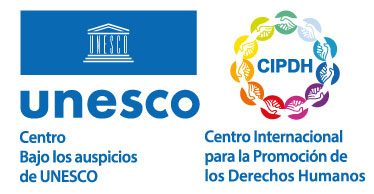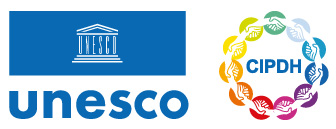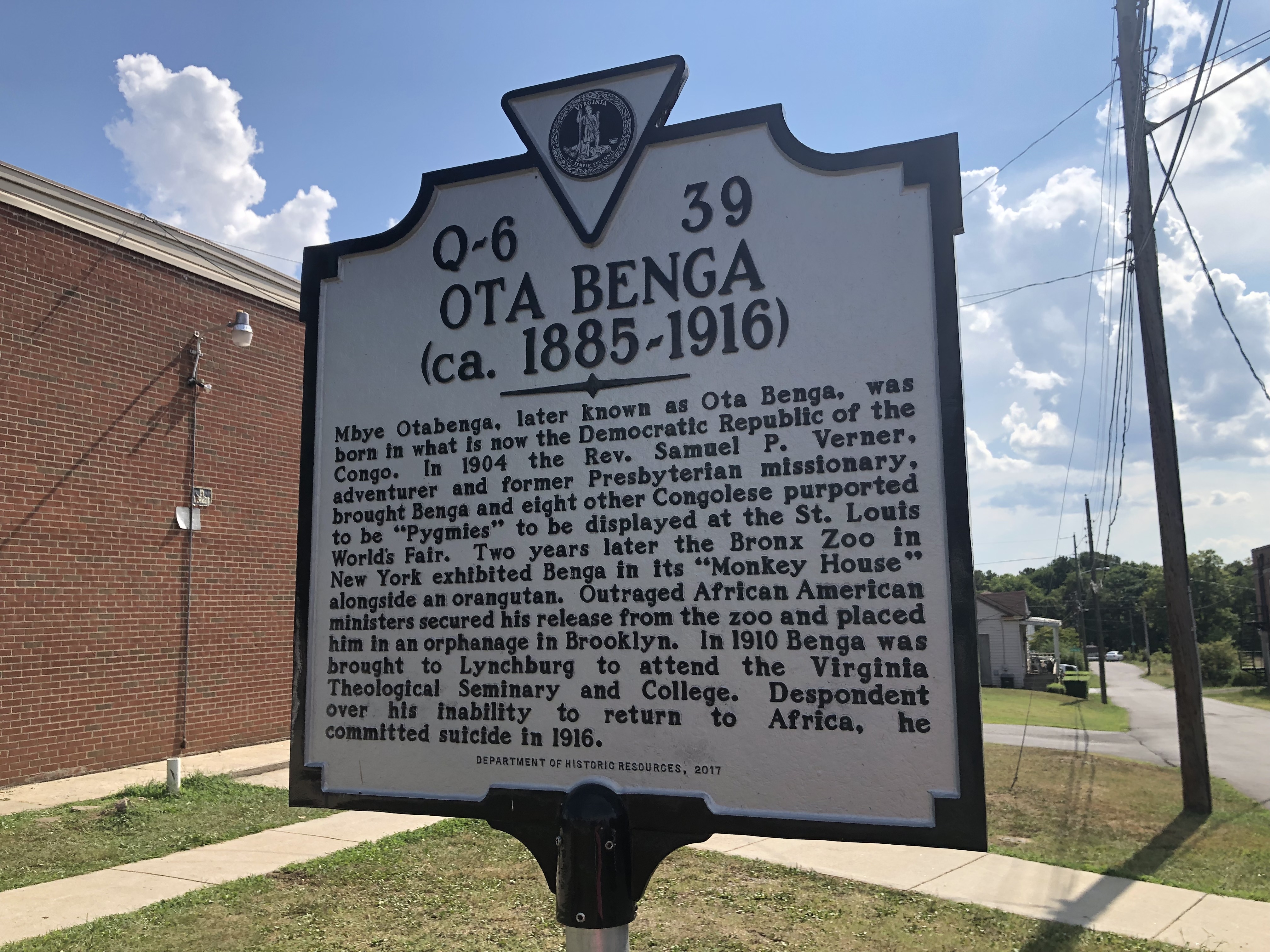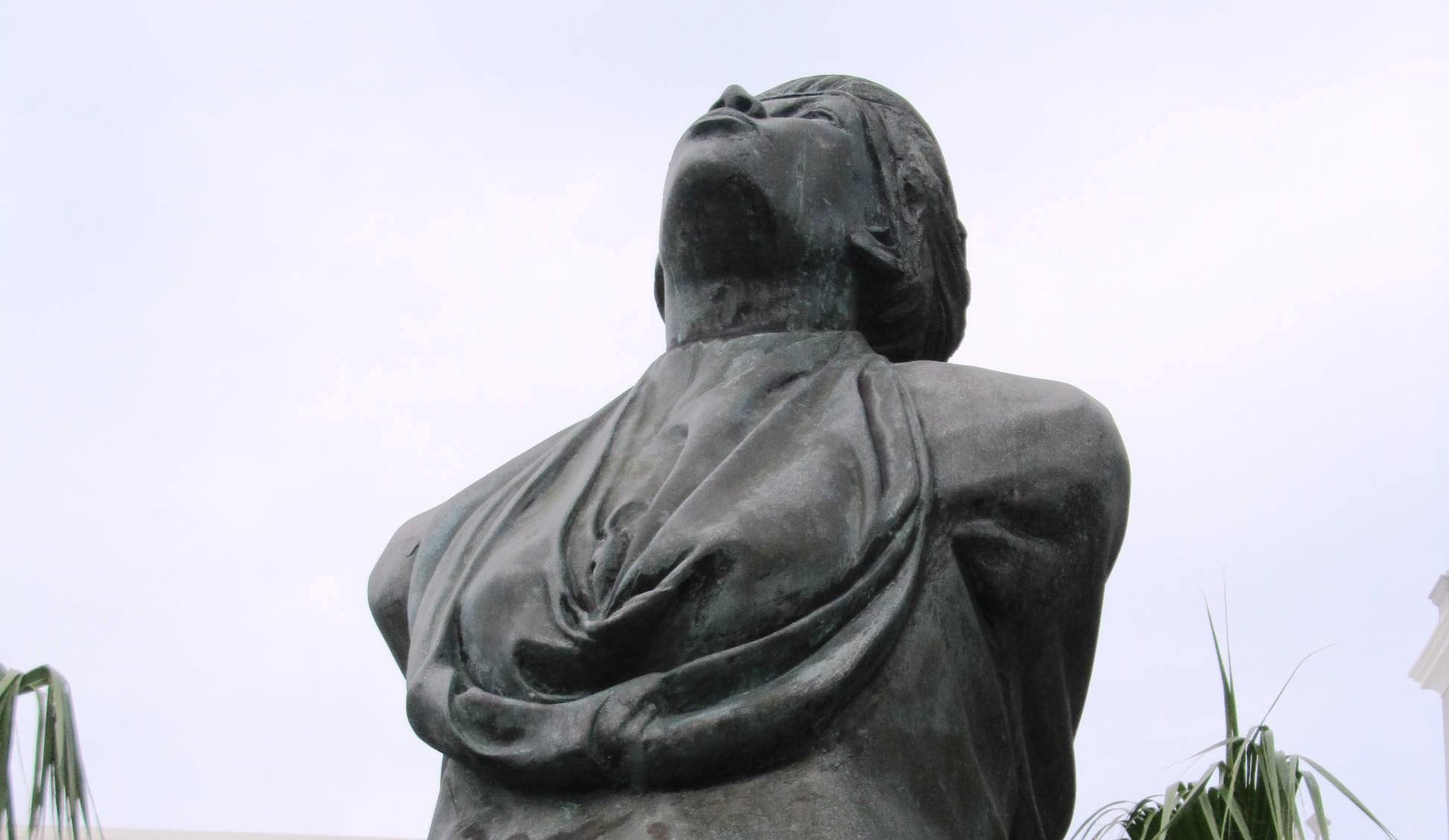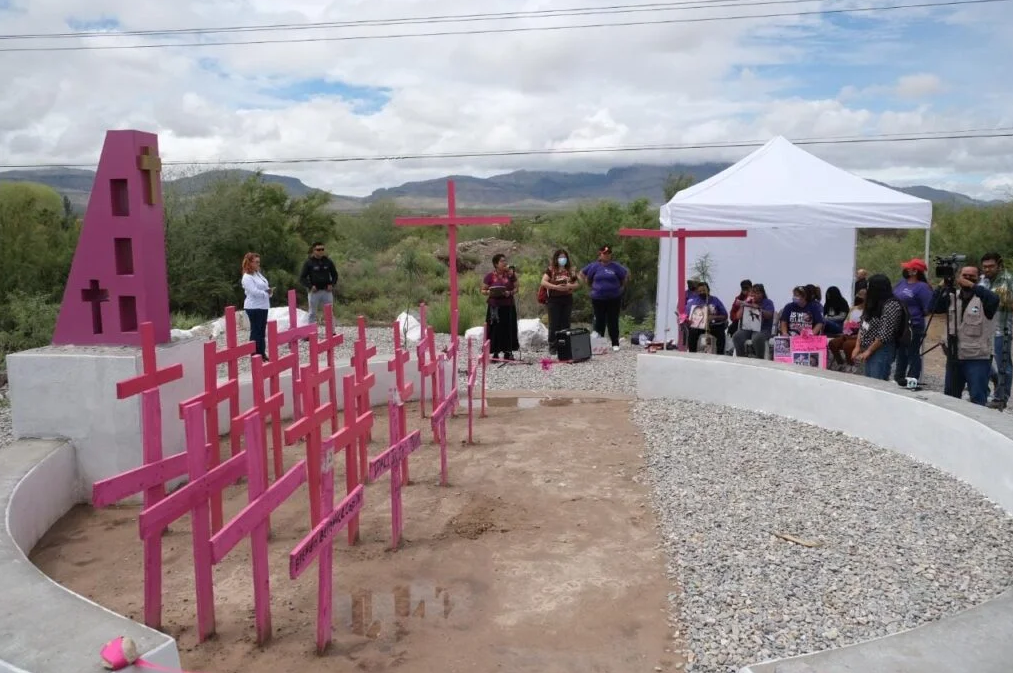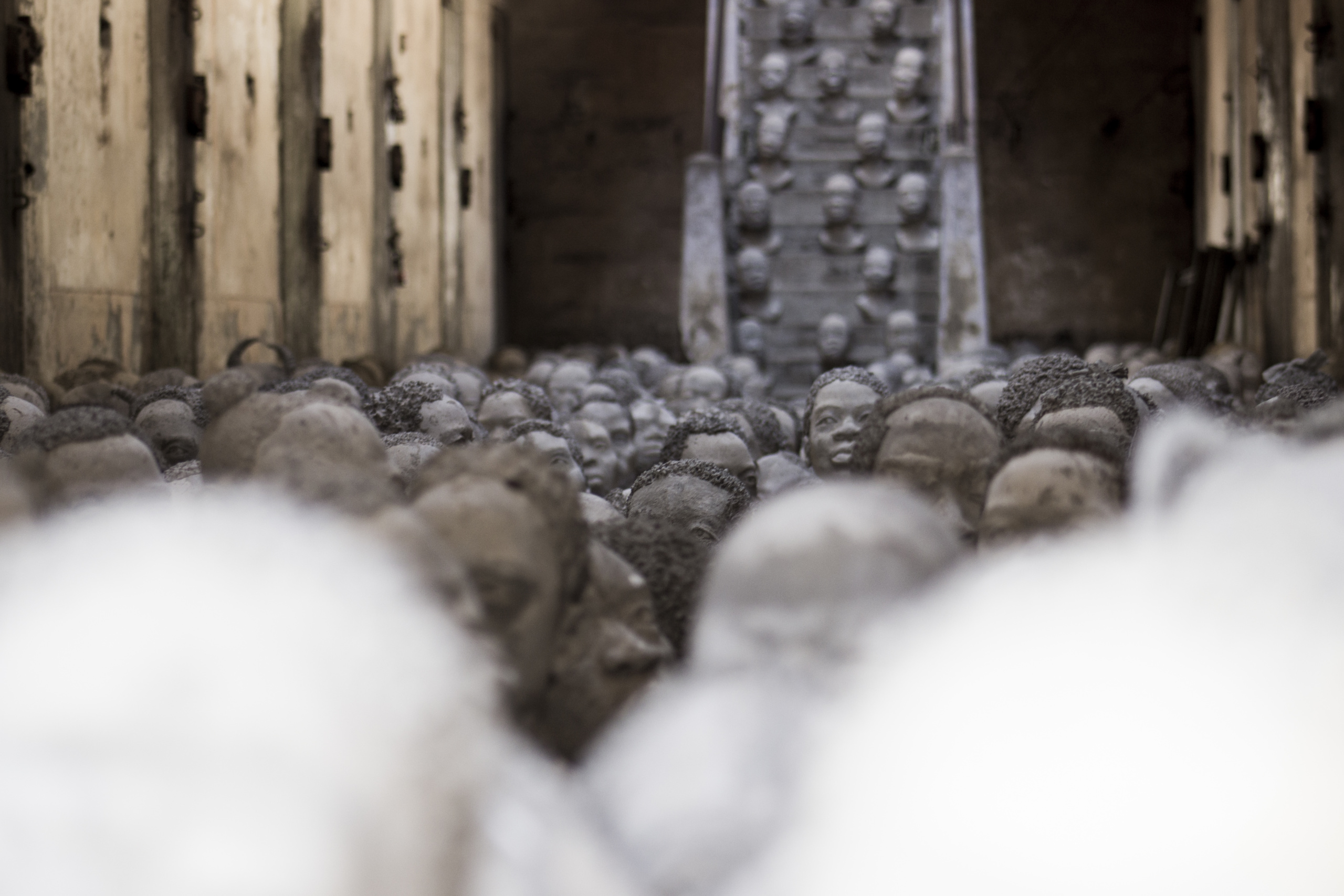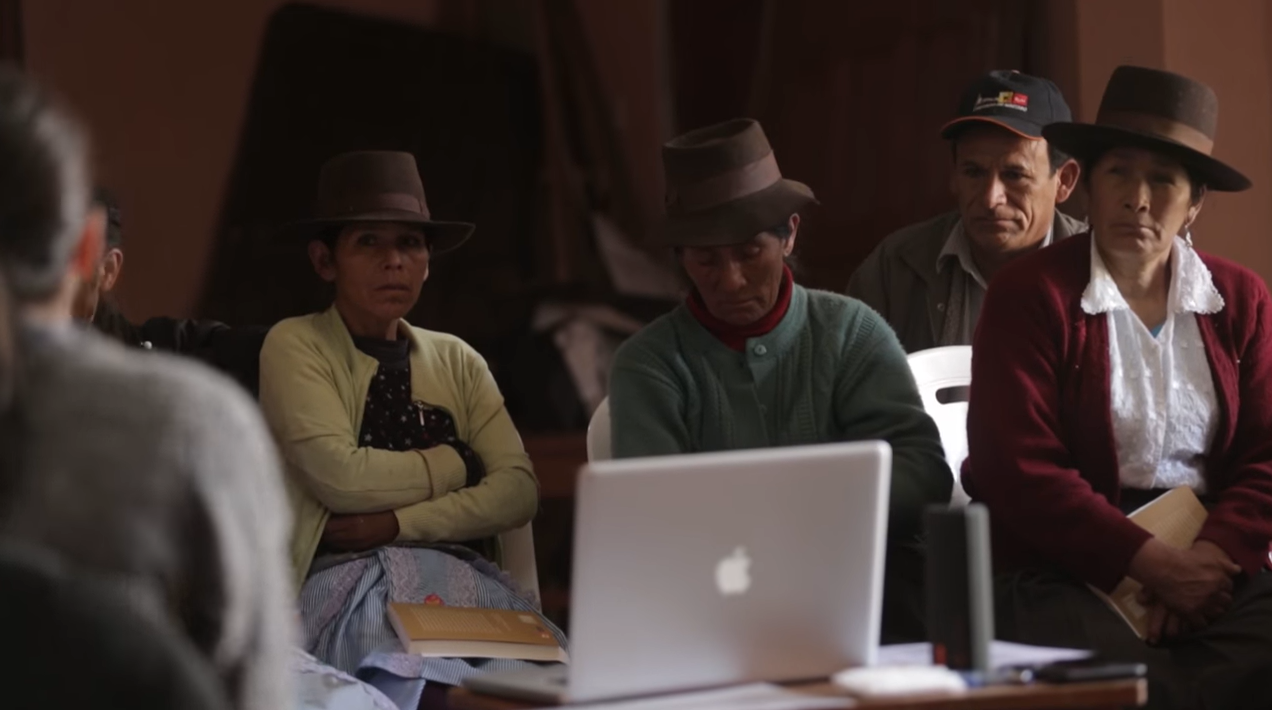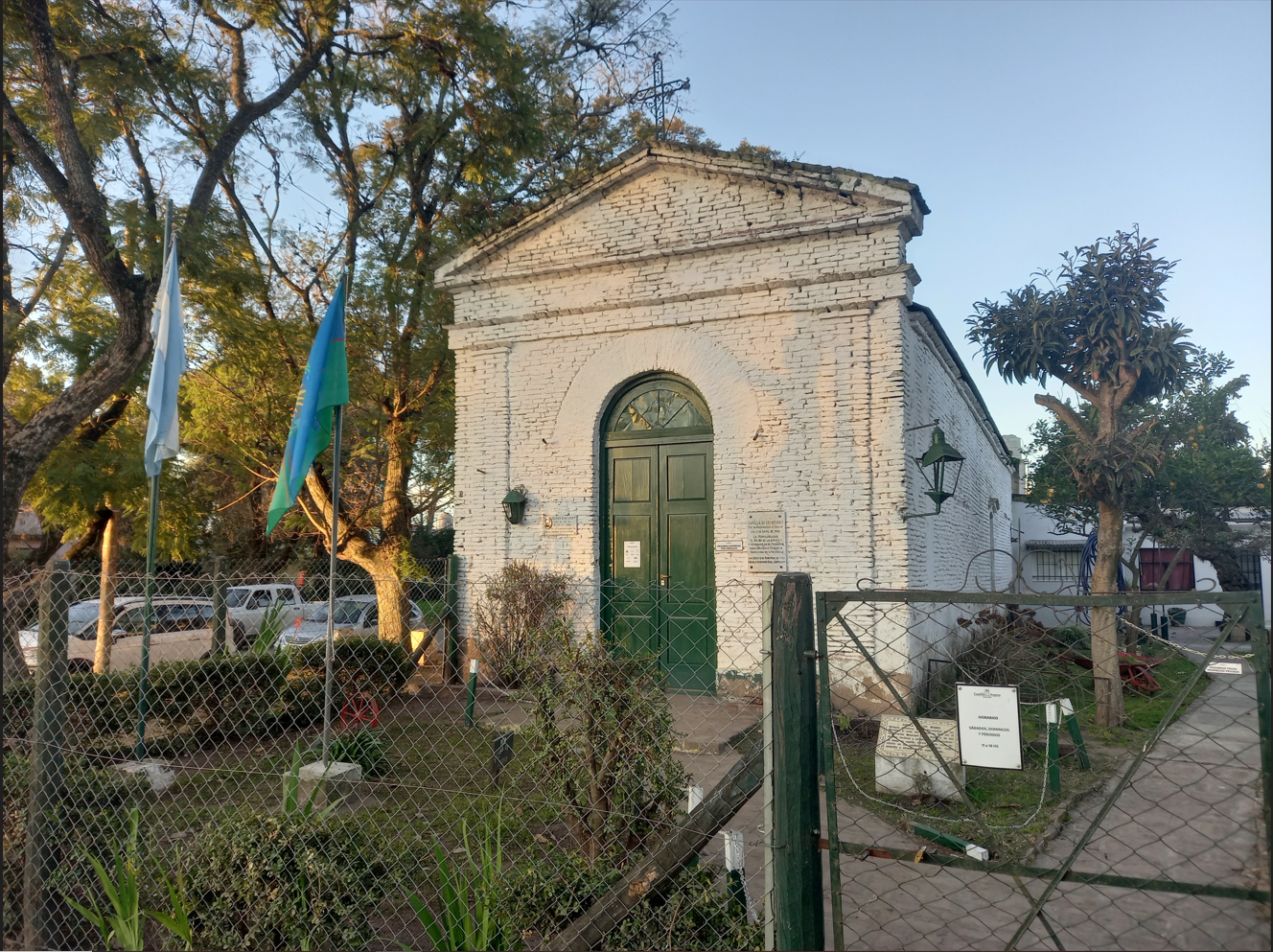Saartjie Baartman Memorial
Site
Theme: Slavery
Theme: Violence against women, sexual diversities and/or for gender reasons

Address
R330 highway up to Phillipsville, 6350
Country
South Africa
City
Hankey
Continent
Africa
Theme: Slavery
Theme: Violence against women, sexual diversities and/or for gender reasons
Purpose of Memory
To commemorate the life and figure of Sarah Baartman, whose history, journey and legacy make her a symbol of the victims of slavery, racial discrimination and gender-based oppression in South Africa.
Date of creation / identification / declaration
2002
Public Access
Free
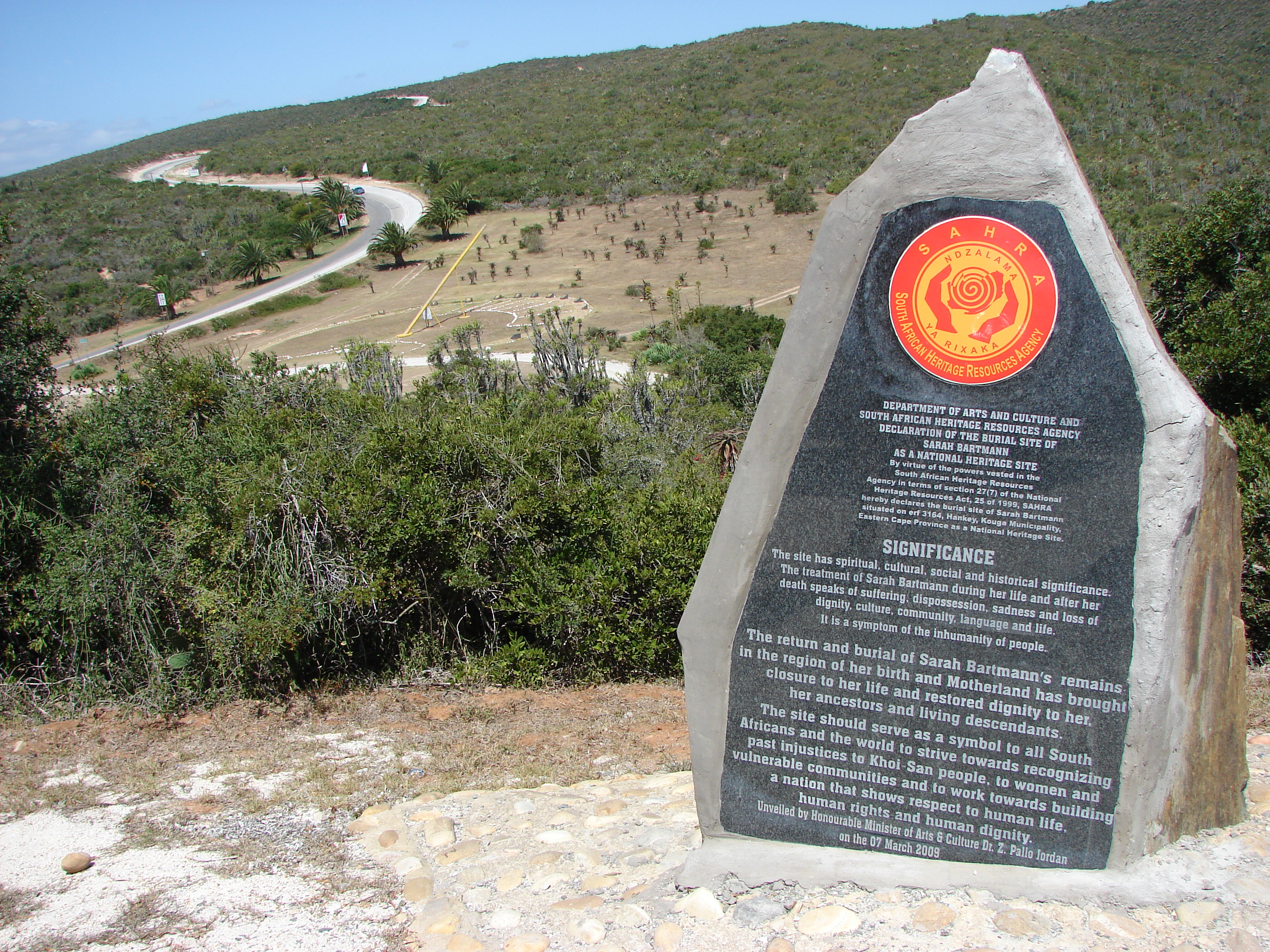
Location description
Sarah Baartman’s grave is located on the outskirts of Hankey, in the Gamtoos River Valley, considered her birthplace. The grave is covered with pebbles, some of them with pieces of paper with the image of Baartman’s face endorsed by the South African government, and surrounded by a metal fence structure. Outside the fence, a bronze plaque embedded in a stone and placed by the Department of Arts and Culture and the South African Heritage Resources Agency mentions the spiritual, cultural, social and historical significance of the site as the final resting place of Sarah Baartman’s remains.
The system of exploitation imposed in the Cape Colony (present-day South Africa) first by the Dutch West India Company (1652-1806, with a brief interregnum of British occupation between 1795 and 1803) and then by the British Crown (1806-1910) was based on a model of slavery and forced labor. Entire populations of native peoples and others imported from India, the East Indies and West Africa were subjugated from the beginning of the colony composing a slave society, as a structure in which there are enslaved and free people but above all as a society in which slavery is central to all economic, social and legal aspects. The British Empire banned the importation and trade of slaves in the Cape with the Slave Trade Act of 1807, although the practice continued until the Slavery Abolition Act of 1833, which was completed with the total emancipation achieved the following year.
The Khoi people (derogatorily called “Hottentots” by the Dutch colonizers) had lived in the Cape area for at least a thousand years before April 6, 1652, the day of the arrival of the first expedition led by Jan van Riebeeck. Their displacement and the occupation of their land was the prerequisite for the establishment of the Colony. Almost immediately, this was followed by the imposition of a system of forced labor for these populations. Although an official decree of 1654 prohibited the enslavement of the original inhabitants of the Cape, violence, physical and psychological abuse, dependency and almost total absence of rights were the norm in the system of forced labor imposed on the Khoi.
Those coerced into this system were captured as children by groups of settlers, reduced to servitude, subjected to a pattern of debt and financial dependency, and permanently held on the land of their employers. Although the Khoi could not be legally bought and sold, they were legally bought and sold on a practical level, and were even subjected to worse living conditions than actual slaves. In the urban context of the Colony, the Khoi people occupied the bottom of the social ladder in demographic, social and economic terms, while in rural areas the punishments for disobedience or failure to perform tasks rivaled those received by people legally defined as slaves.
Although not legally codified in this way, in practice slaves in the Cape Colony were black-skinned and free persons were white-skinned. The former were not an autonomous class, but a legally defined subset of the city’s subordinate class, which also included the Khoi, freed blacks, and “prize blacks” (as slaves from other empires apprehended alongside their ships on the high seas were called).
Sarah Baartman was a Khoi woman born near the present-day village of Hankey in rural Cape Dutch Colony in the mid-1770s. Her first and last name account for her status as a domestic servant, which began as a child on Baartman’s Fonteyn farm. Around 1797 she was sold to merchant Pieter Cesars and relocated to Cape Town, where she performed domestic duties until Hendrik Cesars, the merchant’s brother, began to capitalize on Europeans’ curiosity about Khoi women’s bodies by exhibiting Baartman in exchange for money. Between 1808 and 1809 Alexander Dunlop, a British Crown physician then in control of the area, examined Baartman and discussed with Cesars the possibility of sending her to Britain to be exploited as a public spectacle. The three of them left on April 7, 1810 for London, where Baartman would be received as a “free black,” given the ban on slavery then in force in the British Isles.
In the five years she spent in Europe, Baartman was exhibited first by Dunlop and Cesars in Britain as the “Hottentot Venus” and then by a man named Henry Taylor in Paris, where she remained bound in confinement and died in degrading conditions in late 1815. At the height of both scientific speculation about ethnicities considered “primitive” and freak shows based on European curiosity about the bodies of “savages” from distant lands, her body continued to be investigated as a sexual curiosity after her death. George Couvier, then director of the Museum of National History, concluded in his study published in 1817 in the Histoire naturelle des mammiferes -a volume on mammal studies in which Baartman was the only human represented-that the “Hottentot” body was more closely related to that of the great apes than to the human species. Couvier also dissected her corpse, removed her skeleton, and placed her brain and genitalia in formalin for both study and display. The Musée de l’Homme in Paris displayed her remains intermittently until 1985.
Because of the atrocities suffered during her lifetime and post-mortem, which have made Sarah Baartman a symbol of the struggle against racism, colonialism and gender-based violence in South Africa and across the continent, her image as the “Hottentot Venus” also possesses an important legacy. The varied and enduring iconography of her body as the “Hottentot Venus” reproduced by European artists and scientists functioned for centuries as a visual and symbolic legacy that forms part, according to sociologist Patricia Hills Collins, of “subjugating images of black women” in which “the racist and sexist ideologies that permeate the social structure become hegemonic, considered natural, normal and inevitable. In this context, certain assumed qualities attributed to black women are used to justify oppression”.
Beginning in 1994 with the formation of the new South African political order following the end of apartheid, the Griqua National Conference (GNC), which brings together the leaders of today’s Khoi descendants, initiated formal demands to the new government to repatriate Sarah Baartman’s remains to the country. Mansell Upham, CNG leader, stated at the time that Baartman’s life and journey symbolized “the plight of native peoples, and a history of dehumanization and tragedies suffered by black women in colonial societies”. For Upham, the petition for the return of Baartman’s remains “appealed to a shared native past among South Africans of all races in an attempt to reclaim a nearly forgotten Khoi heritage”.
Baartman’s skeleton, along with her genitals and brain preserved in formalin, had remained in the Musée de l’Homme‘s archive 33 since her death in 1815. After eight years of negotiations with the French authorities and a vote by the French Senate, Baartman’s remains were repatriated to South Africa on May 3, 2002, and buried in her native village of Hankey on August 9 of that year, National Women’s Day. The latter event was highly publicized officially and televised by the public media for the entire population.
The funeral ceremony was performed according to Khoi traditions: the remains were wrapped in a traditional costume and purified with herbs that were set on fire. Two wreaths of aloe adorned the coffin. At the close of the ceremony, then South African President Thabo Mbeki delivered a speech highlighting Baartman’s role in the post-apartheid reunification and nation-building processes, and her importance as a symbol of economic, racial and gender inequalities in the country’s history. Mbeki then called Baartman “the grandmother of the nation”, affirmed that “her history is the history of the African people” and designated the site as a national heritage site, a process officially ratified in 2007. Other researchers have analyzed how the repatriation of her remains initiated a process that consolidated her iconic role as ancestor, martyr and heroine in the founding mythology of the post-Apartheid period in South Africa. In this way, her repatriation, burial and the creation of her memorial served to make her a symbol of healing, unification and restoration of national dignity rather than one belonging to her Khoi descendants.
The date and manner of her burial were not without dispute, as the Khoi groups that initiated the repatriation claim argued that Baartman deserved a day of her own rather than her inclusion in a broader narrative, a protest later dismissed by the South African government. The construction of the metal fence around the tomb is also objected to by the Khoi groups, since according to their beliefs it does not allow freedom of movement for their spirit. As an ancestor’s tomb and spiritual site, the Khoi Reference Group (KRG) requested in 2006 that visitors should approach it with the utmost respect, and asked to add texts on the path leading to the tomb informing about the Khoi culture and to remove the metal fence: the site itself should not undergo any further development. Given that since its construction the memorial suffered several episodes of vandalism due to its neglect by the authorities, the KRG proposed to purchase part of a piece of land adjacent to the tomb to convert it into a Khoi cultural center.
In August 2010, eight years after the inauguration of the memorial, the South African government announced the construction of the Sarah Baartman Memorial Center on land located a few meters from the burial site. Due to various administrative and budgetary delays, work began in 2014, with construction estimated to take two years. By 2022 its estimated costs had escalated from R161 million to R221 million and the Center had not yet been completed.
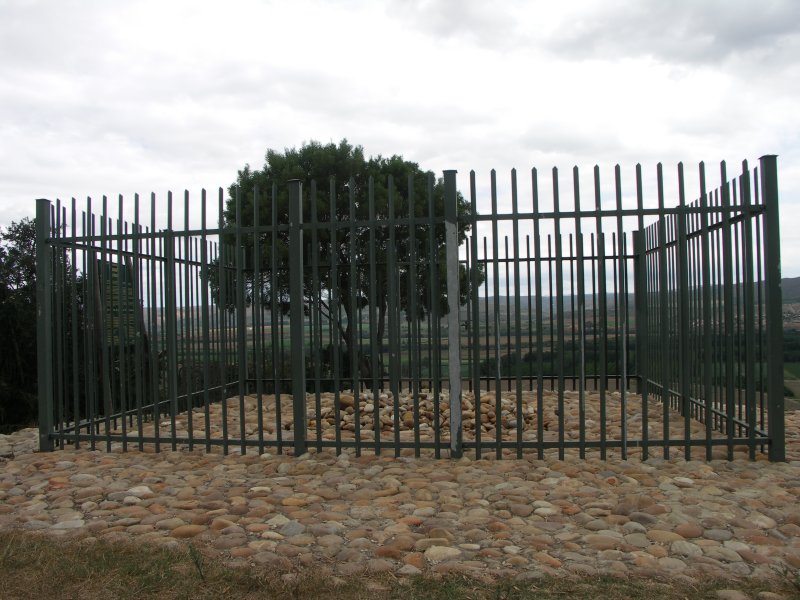

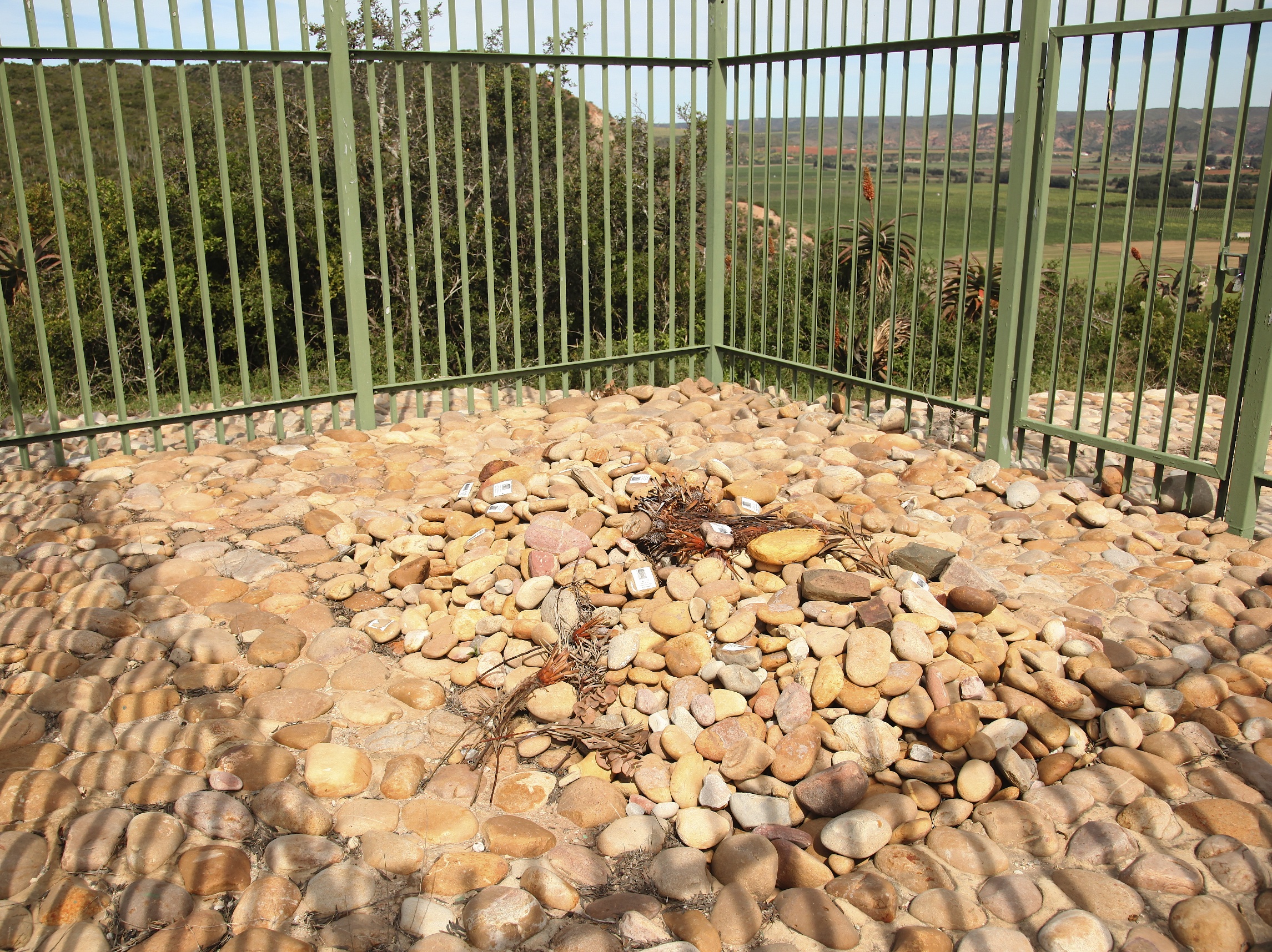
Links of interest
BBC - South Africa anger after Sarah Baartman's grave defaced
South African War Memorials & After - Sarah Baartman Memorial, Hankey
“Burying Sarah Baartman”: Commemoration, Memory and Historical Ethics
Saartjie Baartman Centre for Women and Children - Saartjie (Sarah) Baartman’s story
IOL - Seven years later: Costs for Sarah Baartman Centre of Remembrance escalate from R161m to R221m
Remembering the dismembered - Sarah Baartman
Tampa Bay Times - 186 years later, a proper burial
History is now magazine - The Netherlands in South Africa: Dutch Colonization in the 17th Century
South African History Online - History of slavery and early colonisation in South Africa
